
Salty Sam’s Fun Blog for Children
Number 193
Sand Dunes
Hello Everyone

At the back of Sandy Cove, the beach next to Rocky Bay, there are many sand dunes that the holiday makers like to picnic in. Nobody lives there except some rabbits and butterflies like the Painted Lady butterfly.
You may have been on holiday to a place where there are sand dunes at some time in your life. They are nice places to play aren’t they?
Let me tell you more about them…
Sand that you find on the beach is really ground up rock and seashells. lt is formed when rock and shells are ground up by the movement of the sea over many years. The wind blows the sand from the beach inland and then shapes it into humps called sand dunes. lf the wind is very strong over a period of time, it will eventually move the humps further inland.
The sand dunes in Sandy Cove are held together by a strong, wiry grass called marram grass. This kind of grass is very tough and so copes well with salty winds. lt stabilizes the dunes; that means it stops them from moving about.
lts roots can go down to 10 metres below the surface. These roots anchor the grass firmly into the ground and produce more plants that spread across the dunes. The grass does not produce seeds which would probably just blow far away in the strong winds coming off the sea. The plants want to stay in the sand because that is where they are adapted to live.
And this grass grows quickly – up to a metre a year. As it grows, more sand gathers around it creating more ground. So the grass does not just hold the dunes together but helps them grow. Once the grass establishes, it protects other plants behind it from the winds and sea.
At the back of the dunes as you near the Sandy Cove Campsite there are quite a few pine trees that give shade to the tents and caravans in the heat of the summer. They cope well with the salty winds too.
Sand dunes on the beach are to be found above the level of high tide.
Sand dunes often begin as sand that has been blown onto a base like a rock or bush and then it has built up from there.
As dunes grow, they can catch more sand blown in by the wind and so grow bigger even more quickly. But sometimes, when they grow really big they can collapse under their own weight causing a mini landslide.
Sand dune landscape is always changing.
Sometimes you will find when you visit sand dunes at the back of beaches that some parts are fenced off. This is to stop people walking in some areas and destroying the habitat of rare plants and animals, or maybe simply to stop the dunes being worn away.
Of course sand dunes are not just to be found on beaches. They can be found in deserts as well. Sand dunes can create some of the most spectacular landscapes in the world.
They can be enormous; taller than the biggest buildings in London.
They can have sharp ridges at the top; these are called crests, and beautiful rippled effects down their sides.
There are actually different types of sand dunes, and they all have different names like: crescent, linear (straight line), star which are pyramid-shaped with three or more sides and the very rare domes which are oval in shape.
Linear dunes can be over 150 km long. Star dunes tend to form when the wind comes from different directions – not just one. The tallest dunes in the world are probably the ones in the Badain Jaran Desert of China and are up to 500 metres tall.
There are sand dunes all over the world in all sorts of different climates. One of the largest areas of sand dunes is to be found in the Sahara Desert. lt looks like a vast sea of sand covering over 140,000 square kilometres.
The biggest sand dune island in the world is Fraser lsland off the east coast of Australia. lt consists entirely of sand which has been deposited by the wind over thousands of years. lt actually contains more sand than the Sahara. lt is 75 miles long and has beautiful beaches. ln its centre there are ancient rainforests with trees that are hundreds of years old, and rainwater has collected between the dunes creating over a hundred freshwater lakes.
There are also dunes on river and sea beds. They are made of sand or gravel and are of course caused by the movement of water rather than wind. When dunes form in rivers, they very often slow the flow of water and can cause the river to flood.
Sometimes dunes are dangerous to humans.
Sand can be very soft, and if people walk on tall dunes they can fall into them.
ln some places in Africa, the Middle East and China, huge desert dunes sometimes drift towards farms and towns threatening to cover them up. This movement is delayed by sand fences or sometimes even drenching the sand with oil.
But perhaps the best way to stop the encroachment is to plant the dunes with vegetation like bushes. The roots of plants help to bind the sand together which stops it from drifting in the wind.
ln some places along coastal regions, sand dunes move inland threatening to engulf houses, so bulldozers are used to push the sand back onto the beach.
Luckily we don’t have this problem in Sandy Cove. ![]()
Bye bye everyone – don’t forget to subscribe to my blog!
lf you like my blog, please support it by telling all your friends and followers about it.
Thank you!
And see you again next Fun Friday!
Love and kisses
Salty Sam

www.christina-sinclair.com


Bill and Bob’s Joke of the Week![]()
![]()
Bill: What do you call a camel with no humps?
Bob: l don’t know what do you call a camel with no humps?
Bill: Humphrey!

Salty Sam © Christina Sinclair 2015
Unauthorized use and/or duplication of material from this blog without express and written permission from this blog’s author and owner is strictly prohibited.
Links may be used to www.christina-sinclair.com

Picture Gallery

A sand dune on the beach

Marram Grass

The top of a dune is called a crest

Sand dunes in the very hot Death Valley in the United States
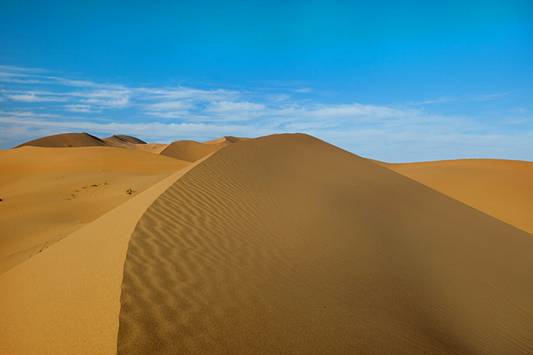
The Badian Jaran Desert is in Inner Mongolia
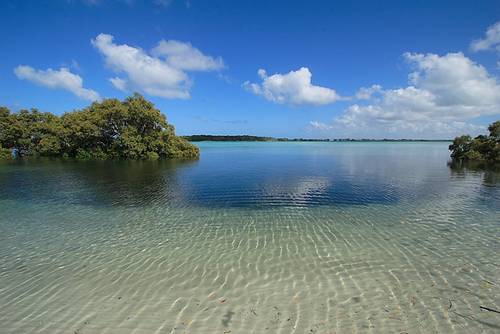
A puddle on Fraser Island
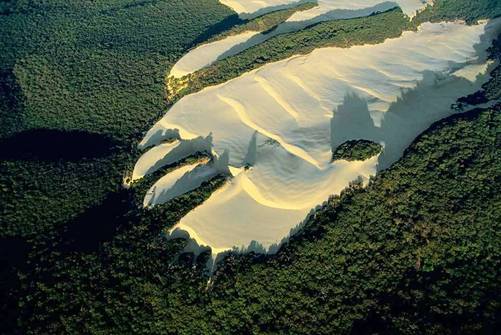
A sand dune on Fraser Island

Some sand dunes are taller than the tall buildings of London
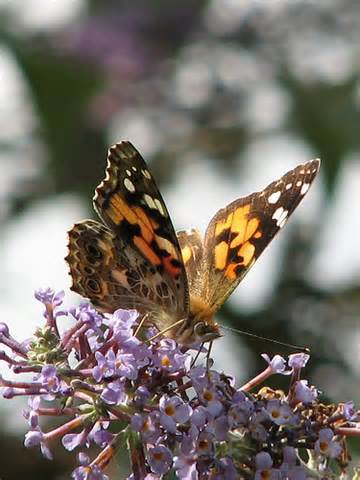
A painted Lady butterfly


 THE SALTY SAM NEWS DESK
THE SALTY SAM NEWS DESK

Bill and Bob have been preparing questions for their team for their next Friday afternoon class quiz. They had to do some research first. The topic they have to research is deserts and a lot of them have sand dunes.
See if you can answer their questions…
A desert is a place with very little rainfall. Can you put these deserts in to order of size? They are the ten largest deserts in the world.

Great Victoria Desert
Syrian Desert
Gobi Desert
Kalahari Desert
Chihuahuan Desert
Patagonian Desert
Antarctica
Great Basin Desert
Sahara
Arabian Desert



Of course people can use sand to create beautiful art as well.


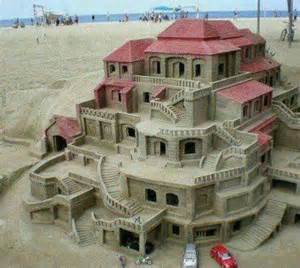


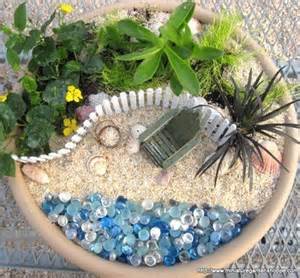

And just one more message this week…


*********************
TO ADVERTISE ON THIS BLOG
PLEASE CONTACT:
christina.sinclair.ads@aol.co.uk
*********************


Recipe Spot
This is an easy recipe to make on a summer’s day. lt should serve three to four people so if you want to feed more just double the ingredients.
Raspberry Fluff
lngredients
A large punnet of raspberries (or two small ones)
2 tablespoons of icing sugar
500ml of whipping cream
250g mascapone cheese
Method
Wash the raspberries and leave to drain
Stir all the ingredients together gently in a mixing bowl
Divide into serving glasses
(*Add a tablespoon of Brandy if you are an adult and you want to give the dish an extra kick)


BLOW MY FOGHORN!!!

PLUS
Salty Sam fans can join in with their comments and share them with children all over the world. You will need to ask permission if you are not an adult.
Enter your e-mail address to subscribe to my blog and receive new Salty Sam Blog Posts for free by e-mail every week. Your address will be kept private and will not be shared with any third party.
Sign me up at the side bar




lt’s the Weekend!

HOW TO MAKE A FRlENDLY CACTUS
If you would like a cactus on your shelf but you don’t like the prickles that usually come with them, here is a really friendly cactus to make instead.
He has no spines and couldn’t be friendlier.

You will need 1 sheet of green felt and some white and red embroidery thread.
You will need a small pot to sit him in and some eyes. You can make the eyes yourself with some white and black felt if you want.
TO MAKE UP
Cut a front and a back out of green felt.
Cut 4 arm pieces.
Cut 2 strips of felt 30cm long by 2½cm wide.

(If you are going to use fabric that has a right side and a wrong side, don’t forget to flip your pattern pieces over when you cut the second lot of pieces.)
*The seams are just under ½cm – make sure you sew them really securely.

- Sew a running stitch up the centre of each long strip of felt in white thread.
- Using the same white thread, sew another three lines of running stitch up the front and back pieces curving them over to meet at the top.
- Then sew three lines of running stitch on each arm piece using white thread.
- Sew 2 arm pieces together right sides facing making sure your seams are very strong along the round edges only.
- Clip the curves very carefully.
- Turn right sides out and put a little stuffing into the end.
- Embroider a mouth on the front and attach eyes if you are going to sew them on.
- Sew one long strip to the front right sides together and one to the back right sides together.
- Sew the long strips together incorporating the arms as you go (make sure to check that the arms will come out on the outside).
- Clip curves.
- Turn right sides out.
- Stuff the cactus.
- Put a running stitch along the bottom and pull in tightly then secure the thread.
- Glue on eyes and leave to dry overnight if you have not used sewn-on ones.
- Stand the cactus in a little pot.

Please note that the material on this blog is for personal use and for use in classrooms only.
It is a copyright infringement and, therefore, illegal under international law to sell items made with these patterns.
Use of the toys and projects is at your own risk.
©Christina Sinclair Designs 2015

Answers to the News Desk Quiz
- The largest desert in the world is Antarctica
- The next biggest is the Sahara – Northern Africa
- Arabian Desert
- Gobi Desert – China and Arabia
- Kalahari Desert – Southern Africa
- Patagonian Desert – South America
- Great Victoria Desert – Australia
- Syrian Desert
- Great Basin Desert – United States
- Chihuahuan Desert – Mexico and the United States

Gobi Desert

Kalahari Desert

Patagonian Desert

Great Victoria Desert

Chihuahuan Desert

Tall buildings at Canary Wharf – sand dunes can be even higher
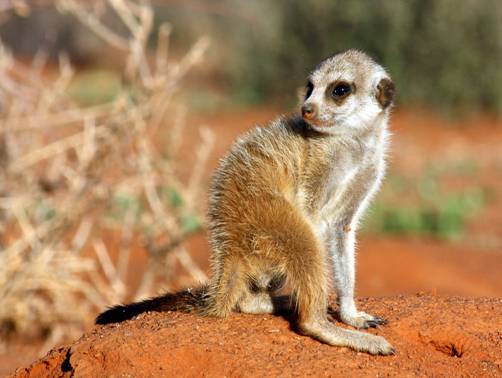
Meerkats live in the Kalahari

Huachina is an oasis in the Peruvian desert
A holiday destination for people who like playing in sand dunes
(Uk.lifestyle.yahoo.com)

For an Embroidery Stitches Chart
Check out Blog Post 3

